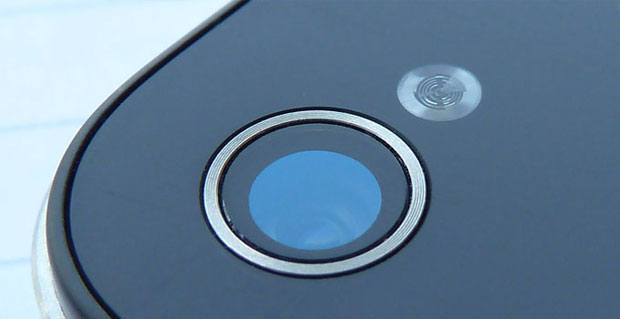In November 2000, mobile phones changed forever: the first camera phone appeared.
Within three years, more people had camera phones than standard digital cameras. And the bulbs behind the flash units in these camera phones were mostly LED light bulbs.
LED light bulbs vs Xenon
Back in the early years of the century, camera phone manufacturers could have opted for Xenon bulbs to power their flash units. After all, xenon flash units were by far the most common light source for digital cameras, and remain so today. But most manufacturers realised LED light bulbs have qualities more suited to phones:
- LED flash units use very little power. Xenon flashes require more battery power than LED light bulbs to work effectively.
- LED light bulbs are robust thanks to an epoxy resin over the chips. Xenon flashes have fragile glass tubes.
- LED circuitry fits into a tiny space. Xenon flashes take up much more room than LED light bulbs.
- LED light bulbs can flash instantly. Xenon flashes require time to charge.
Phone manufacturers pack as much technology into as small an area as they can. They want to conserve battery power, and they need a durable product.
The low energy consumption, small size, toughness and reliability of LED light bulbs make them the best choice for camera phones.
LED light bulbs and developing technology
For their part, lighting manufacturers may sell millions of LED light bulbs for camera phones, but they continue striving to improve quality.
White-light technology, for instance, helps create brighter, sharper pictures. And developments such as “off-state white” ensure LED light bulbs have a white or neutral colour when not in use. This blends with the overall design of a mobile phone.
Date: April 17, 2012
Tags: best led light technology
Lighting manufacturers may sell millions of LED light bulbs for camera phones, but they are continually striving to improve quality.




